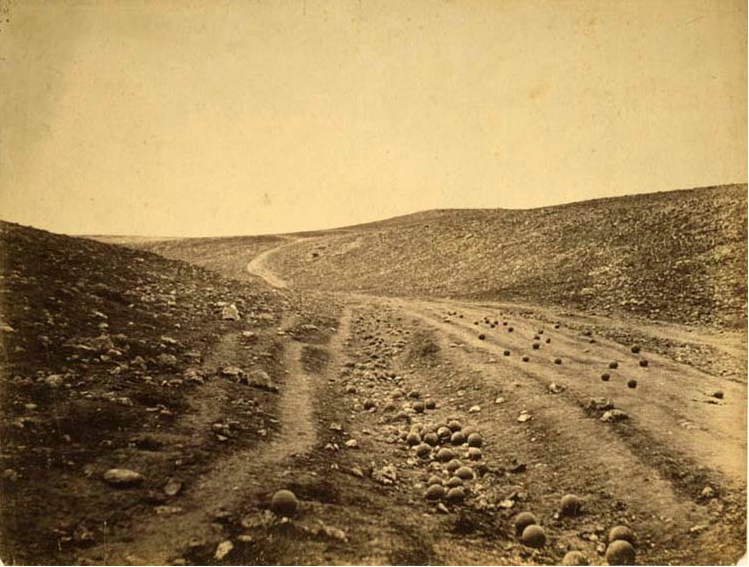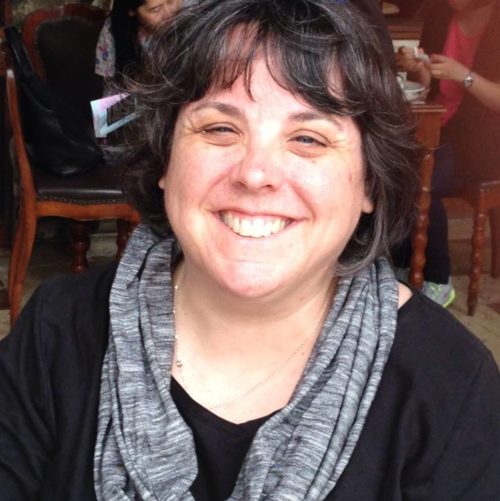
Guest blogger Sarina Gruver Moore teaches in the English department at Calvin College and wastes time (er, researches) on Twitter.
My Twitter timeline these days is full of war images.
The Twitterverse is enormous, and one very small pocket of it is stuffed with British historians and British cultural institutions promoting their work, which is a great way for this American to stay in touch with scholarship in the Mother Country.
As you probably already know, June 28 was the 100th anniversary of the beginning of WWI, and for some months now I’ve been following several hashtags and Twitter accounts that are commemorating the centenary of the war. The hashtags #WWI, #WWIcentenary, the Imperial War Museum’s #WarPosterWednesday, and the BBC’s #WWIatHome (about the homefront in war time) are all worth following. The superb Twitter account “Lives of WWI” profiles individual soldiers. Many of these accounts are connected to the BBC’s extensive tv and radio programs on WWI.
My favorite accounts, though, might be those that are live tweeting the war. You want to know what happened on this day one hundred years ago? No problem—these daily updates are “just like being there.” (History nerds everywhere, all together now: Squee!!!)
But while all of these Twitter accounts are dedicated to making history “come alive,” there’s a curious way in which encountering the war through social media detaches me from imagining the real-world experience. It’s easy to just be interested in this stuff, not moved.
There are other pockets of the Twitterverse, of course, and for every post on WWI in my feed there’s another one on #Gaza to counterbalance it. (Warning: sensitive material on that hashtag.)
I’ve been following Palestinians tweeting from Gaza since I saw that devastating photograph by Tyler Hicks on the front page of the New York Times thirteen days ago. If you saw it, then you know what I’m talking about.
If you didn’t see the photograph, well, I’m not going to link to it. It’s the kind of image that stays with you forever—I can never unsee that little broken body on the beach. Four boys: the same ages as my own sons.
Following Gaza hashtags is problematic on many levels. In the first place, I want to be careful about what I see. There are a lot of images being posted that are just too graphic for me and which raise serious questions about violating the dignity of the dead. And there’s a long history of the manipulation of images of dead children—both intentionally and unintentionally–in the Israeli/Palestinian conflict. The death of 11-month-old Omar Masharawi last year—initially attributed to an Israeli air strike, then confirmed as the result of an errant missile from Hamas–highlights how early mis-information can rapidly spread on social media and then be difficult to correct.
Images of war aren’t confined to Twitter, of course, and people have been grappling with the right uses of photography as war documentary for a long time. Modern photography was invented in the 1820s, and by the mid-century the British photographer Roger Fenton was in Crimea making the first photographic images of war. His pictures are largely of landscapes and portraits of British soldiers and officers—horses figure prominently too. (Btw, if you have a thing for beards, then you’re going to want to check out these mid-century beauties.) But Fenton was hampered in his work by two factors—first, the photographic process was too slow to capture the movement of battle, and second, because he was employed by the British government for the express purpose of putting a good face on the war. We get the closest to an actual battle in this image, which is also Fenton’s most famous—the valley of the shadow of death, sanitized.

Just a few years after the ill-fated charge of Lord Cardigan’s Light Brigade at the Battle of Balaclava, Alexander Gardner, a Scottish immigrant to the United States who worked for the photographer Matthew Brady, was commissioned as a captain and as the chief war photographer for the Union during the Civil War.
Brady and Gardner and the photographers who worked for them produced some of the most iconic images of war in the history of war photography. These war images are shocking in their documentation of the brutality of war: corpses on the battlefield; mass graves being dug by African American laborers—freed slaves burying Confederate skeletons; urban and rural landscapes blasted to bits by heavy shelling.
In a Civil War literature course in graduate school I studied Gardener’s Photographic Sketch Book of the Civil War (1866). While it is regarded as an invaluable historical resource now, the collection didn’t sell well after the war, and it’s easy to see why a war-weary public would not be interested in buying a coffeetable book of horrors. (Although it can be yours via Amazon today for a mere $3.99.)
All of this leads me to my question, a question to which I don’t have the answer: Where do we draw the line between information and exploitation, between the legitimate use of war photography to document and commemorate on the one hand, and the manipulative use of war photography to inflame and incite on the other hand?
These terrible events in Gaza have a claim upon our attention, but I also am wary of becoming desensitized to the real humanity of the subjects of that photography.

